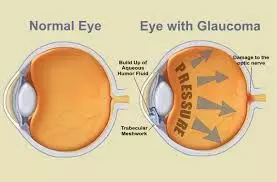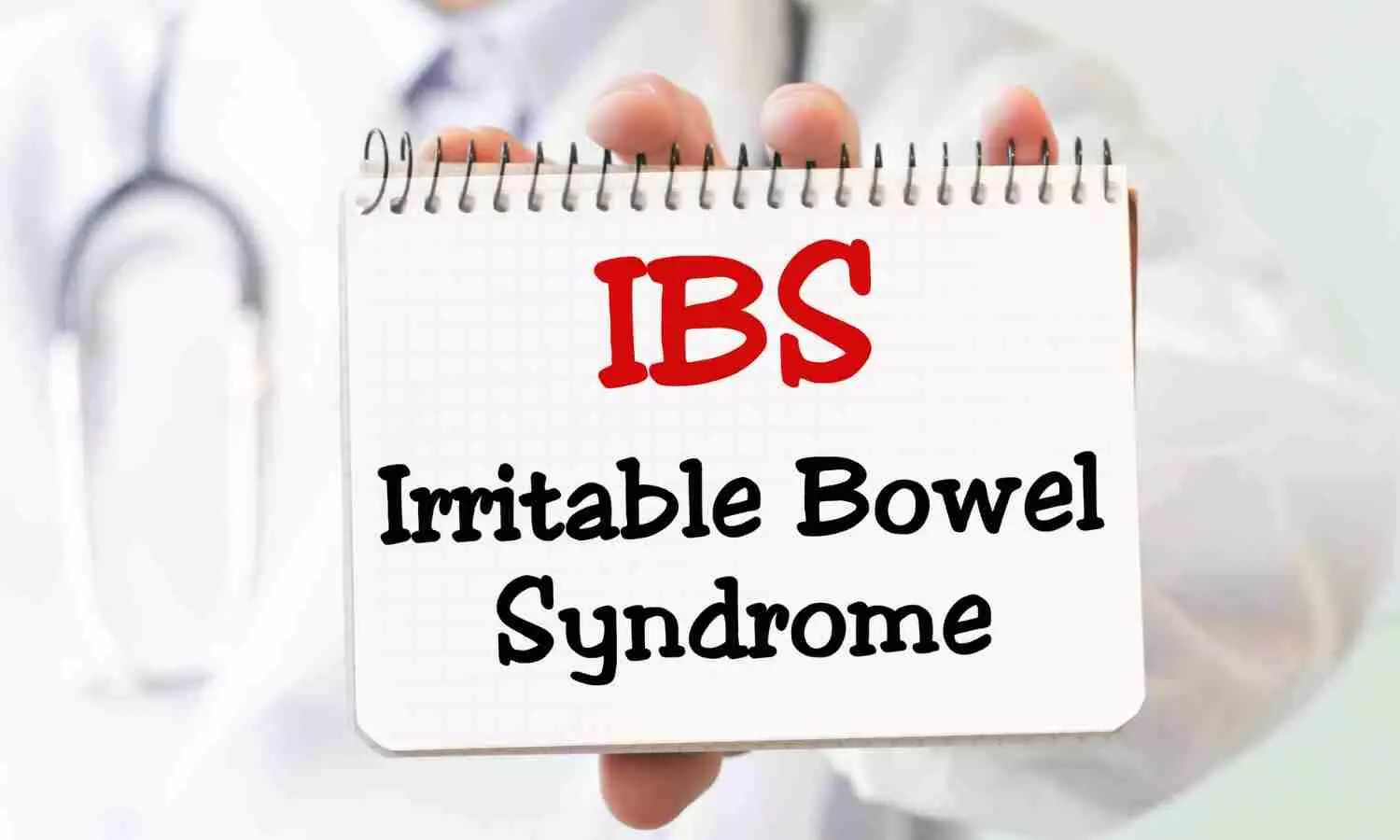
When older adults have significant year-to-year fluctuations in their cholesterol levels without changes in medication, it could indicate an increased risk of developing dementia or cognitive decline, according to a preliminary study to be presented at the American Heart Association’s Scientific Sessions 2024.
The meeting, Nov. 16-18, 2024, in Chicago, is a premier global exchange of scientific advancements, research and evidence-based clinical practice updates in cardiovascular science.
“Older people with fluctuating cholesterol levels unrelated to whether they were taking lipid-lowering medications – particularly those experiencing big year-to-year variations — may warrant closer monitoring and proactive preventive interventions,” said lead author Zhen Zhou, Ph.D., a postdoctoral research fellow in the School of Public Health and Preventive Medicine at Monash University in Melbourne, Australia.
The current project used the in-trial and post-trial data of participants enrolled in a randomized clinical trial called ASPirin in Reducing Events in the Elderly (ASPREE) that determined low-dose aspirin was not effective for reducing heart disease risk in Australian and American adults. While one-third were taking cholesterol-lowering medication, none of the almost 10,000 participants started, stopped or changed lipid-lowering medication during the follow-up period.
All participants were relatively healthy adults without dementia who had been having their cholesterol levels monitored annually. The first three cholesterol measurements taken in the ASPREE study were used to determine how much each person’s lipid levels varied from year to year.
During almost six years of follow-up after the yearly assessments, 509 participants developed dementia and another 1,760 developed cognitive decline without dementia.
Compared with those who had the most stable cholesterol levels, the study found:
High fluctuations (in the top 25%) in total cholesterol were associated with a 60% increase in dementia and a 23% increase in cognitive decline.
Low-density lipoprotein cholesterol (LDL cholesterol or “bad” cholesterol) and total cholesterol fluctuations were associated with significantly faster declines in overall cognitive health test scores and tests involving memory and reaction speed.
High fluctuations in high-density lipoproteins (HDL “good” cholesterol) or triglycerides were not associated with dementia or cognitive decline. Triglycerides are the most common type of fat in the body, storing excess energy from food.
“We need future studies to help us understand the relationship between cholesterol variability and dementia risk,” Zhou said. “Are cholesterol variability levels a real risk factor, a precursor or a biomarker of dementia risk? One possible explanation is that significant fluctuations in total and LDL cholesterol levels may destabilize atherosclerotic plaques, which are mostly composed of LDL cholesterol. This destabilization can raise the risk of plaque growth, rupture and subsequent obstruction of blood flow in the brain, which may therefore impact brain function.”
The study had some limitations, including that cholesterol readings can vary for many reasons, and the connection between cholesterol variability and dementia risk may be affected by these unanalyzed factors. In addition, the study participants were mostly white adults (96%), so, the findings may not apply to people in other population groups. As an observational study, it cannot prove a cause-and-effect relationship between cholesterol fluctuations and dementia risk.
“If future research confirms a cause-and-effect relationship, reducing cholesterol variability could potentially be a promising therapeutic target for dementia,” Zhou said. “Importantly, our results should not be misinterpreted as suggesting that lowering cholesterol through lifestyle modification or lipid-lowering medications is harmful for brain health.”
Based on data from 2017 to 2020, 63.1 million or 25.5%, of U.S. adults had high “bad” cholesterol levels (130 mg/dL or higher). Globally, in 2021, 3.72 million deaths were attributed to excessive “bad” cholesterol levels, according to the American Heart Association’s Heart Disease and Stroke Statistics 2024 Update.
“In the past, studies have focused on the connection between individual vascular risk factors and cognitive decline. However, there is evidence that an increase in the variability of certain functions in the body, such as blood pressure or blood sugar levels, can be harmful to both the heart and the brain,” said American Heart Association volunteer expert, Fernando D. Testai M.D., Ph.D., FAHA, a professor of neurology and rehabilitation at the University of Illinois Chicago, who also served as chair for the Association’s recent “Cardiac Contributions to Brain Health” scientific statement. “This study adds an important piece to the puzzle of preserving brain health by providing evidence that increasing variability in cholesterol levels is associated with cognitive decline. The study did not include people who started or stopped taking lipid-lowering medications during the study period. So, the results cannot be explained by the effect of statins. From a practical standpoint, not sticking to strategies that improve the lipid profile, such as following a healthy diet and exercising, can worsen the negative impact of harmful lipids on the brain.”






















